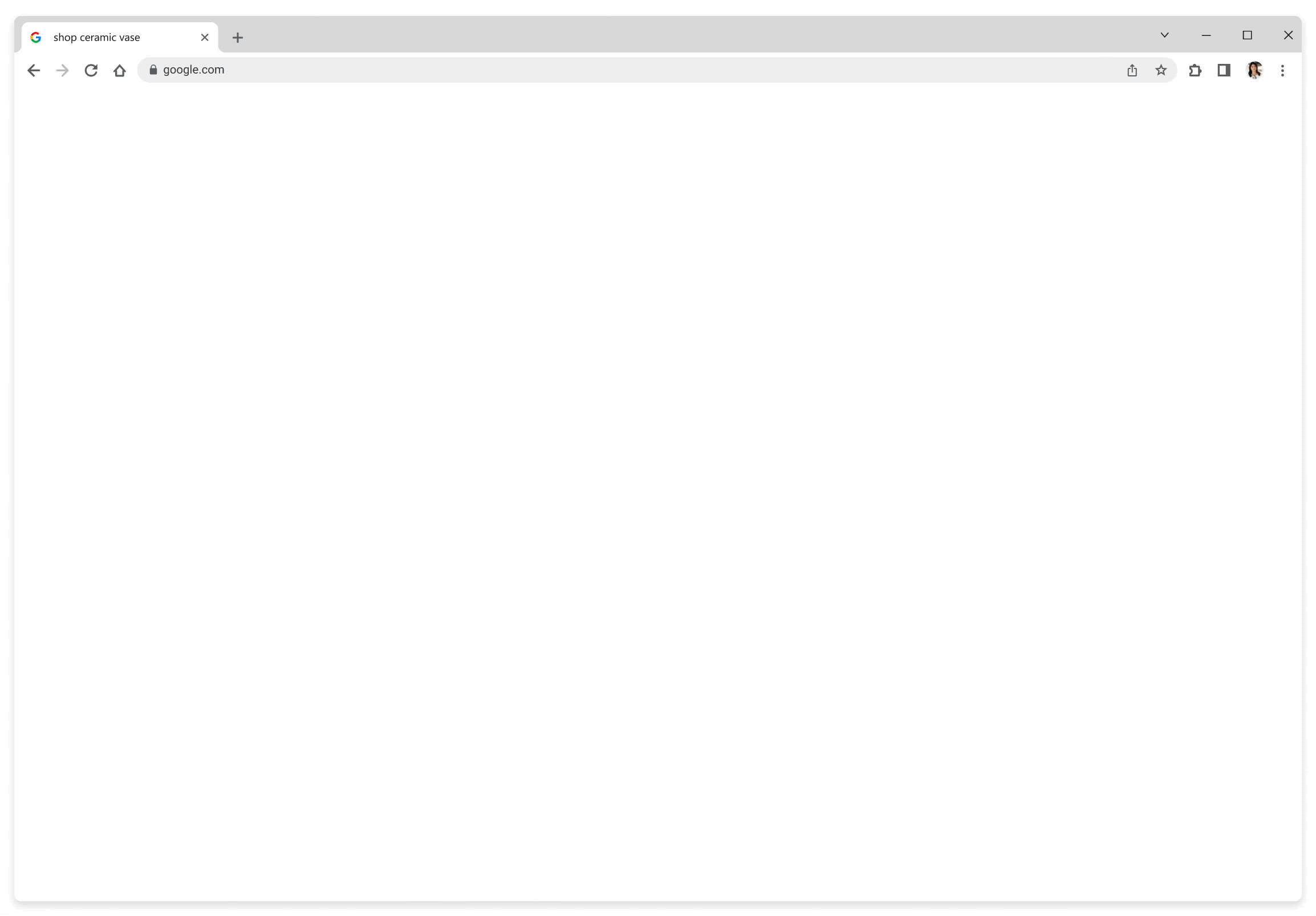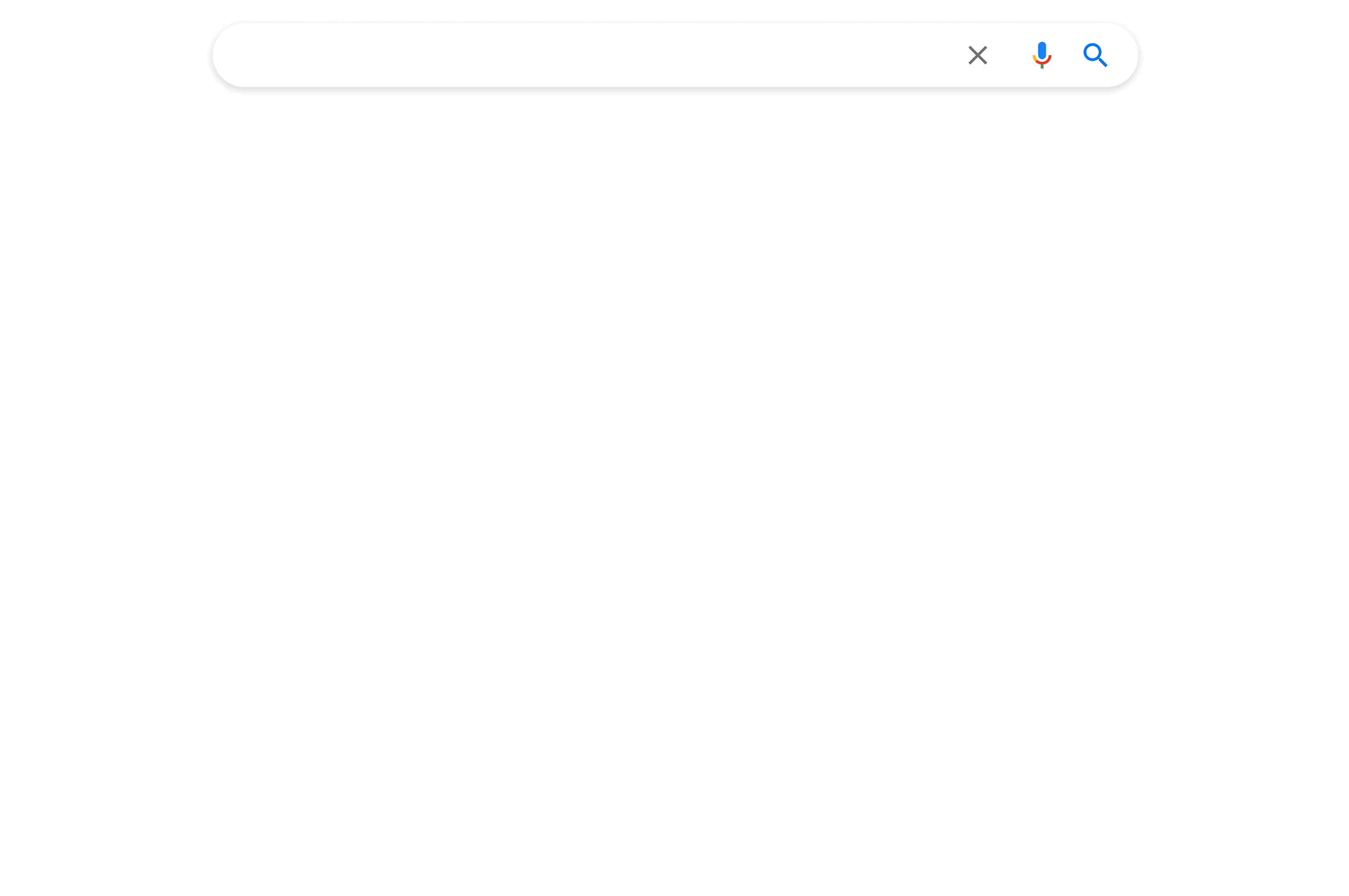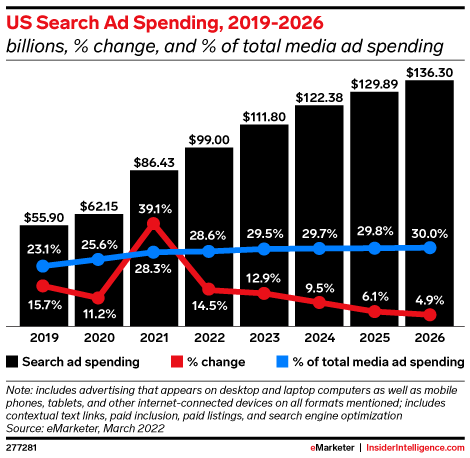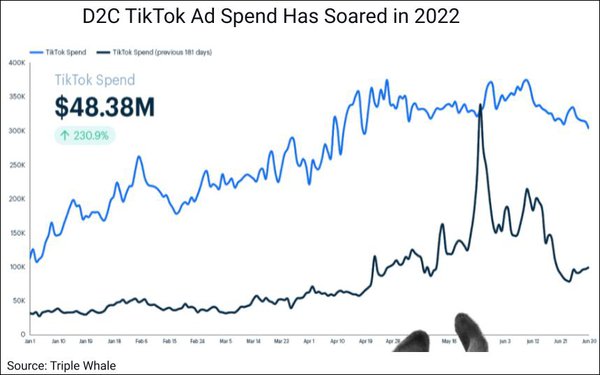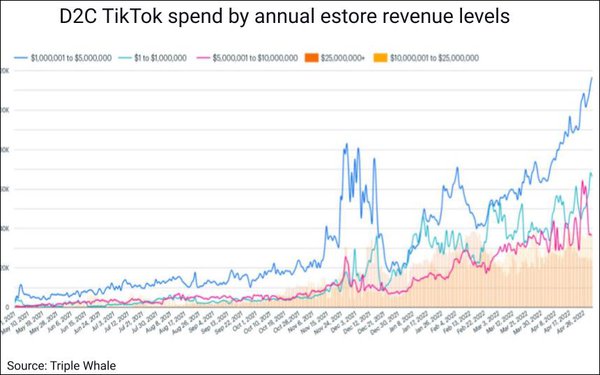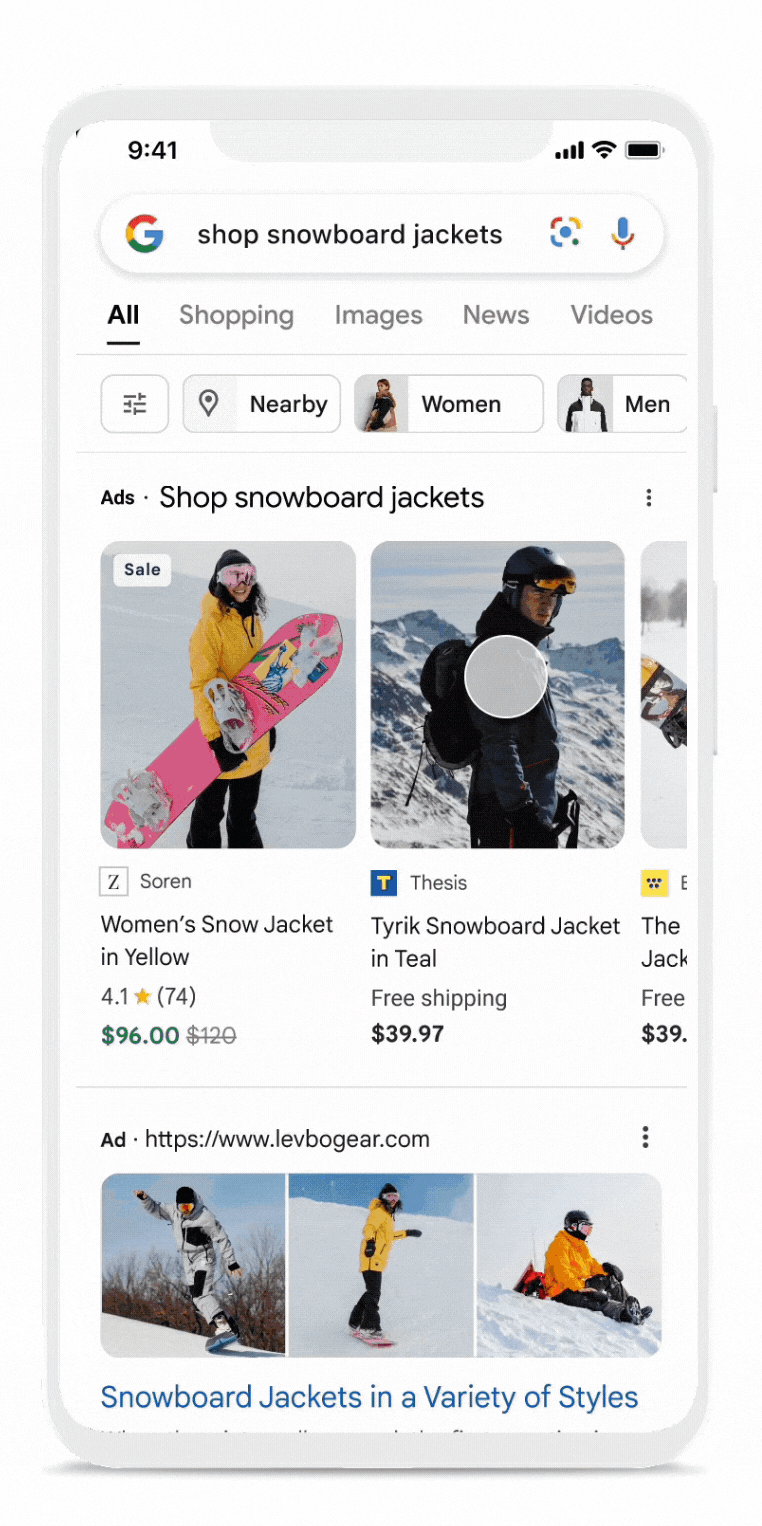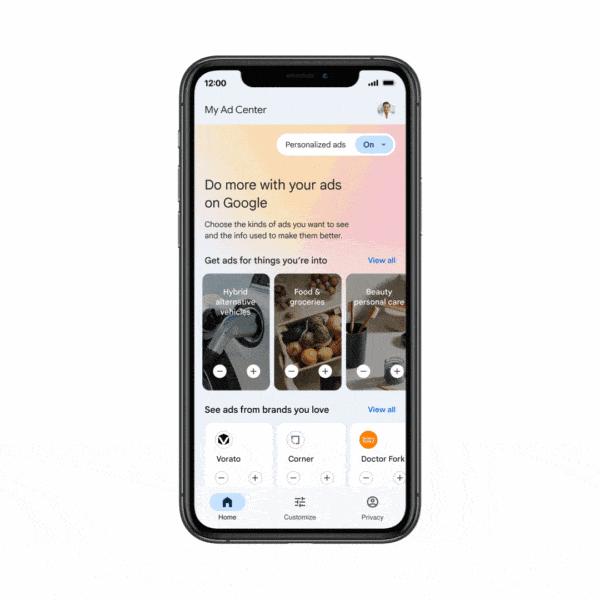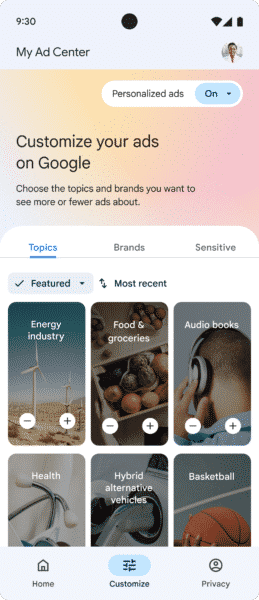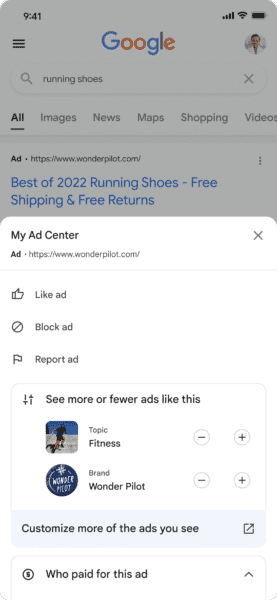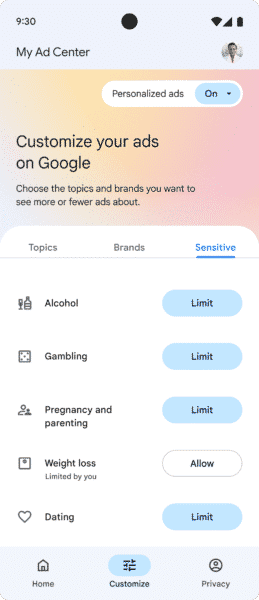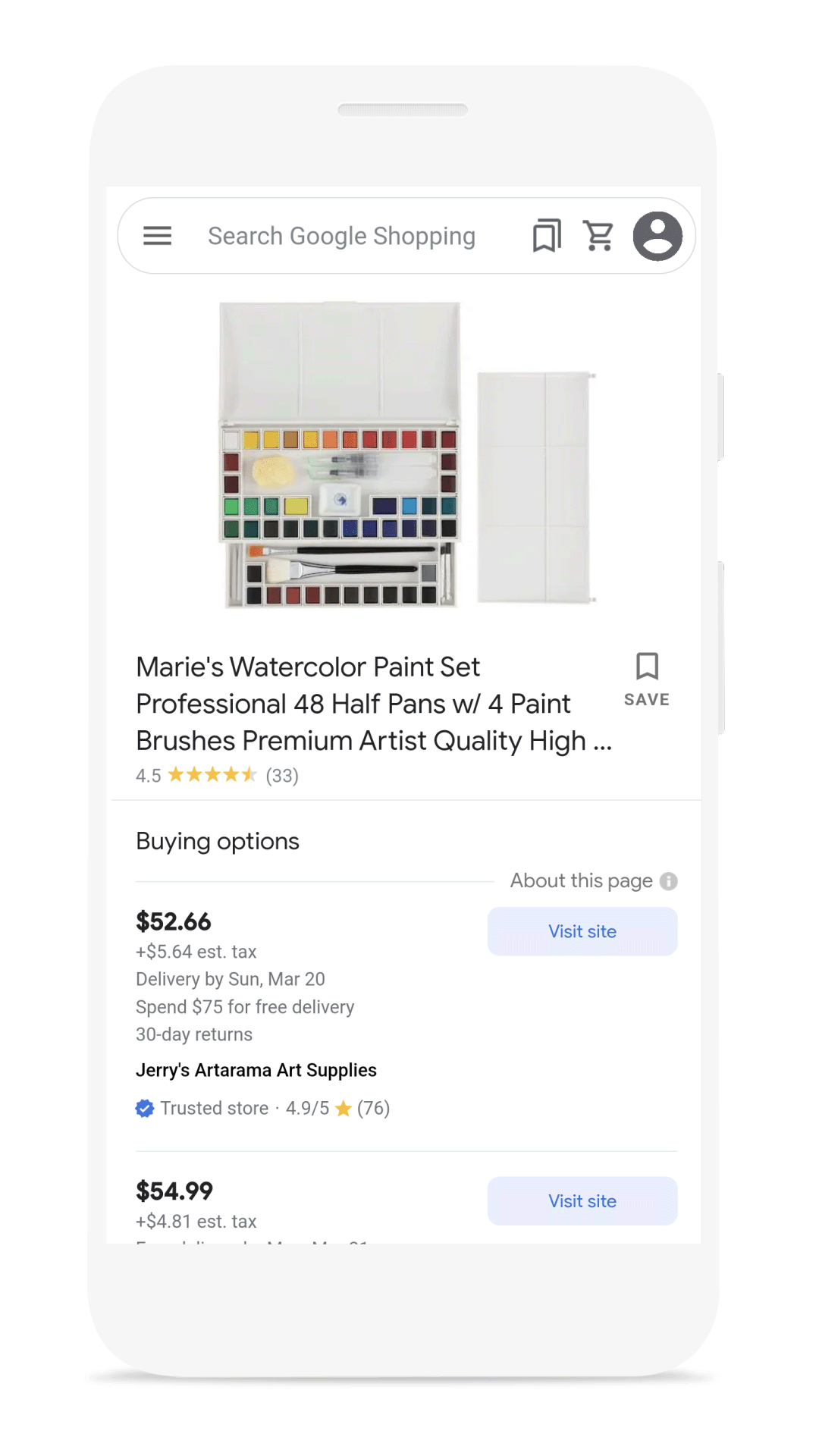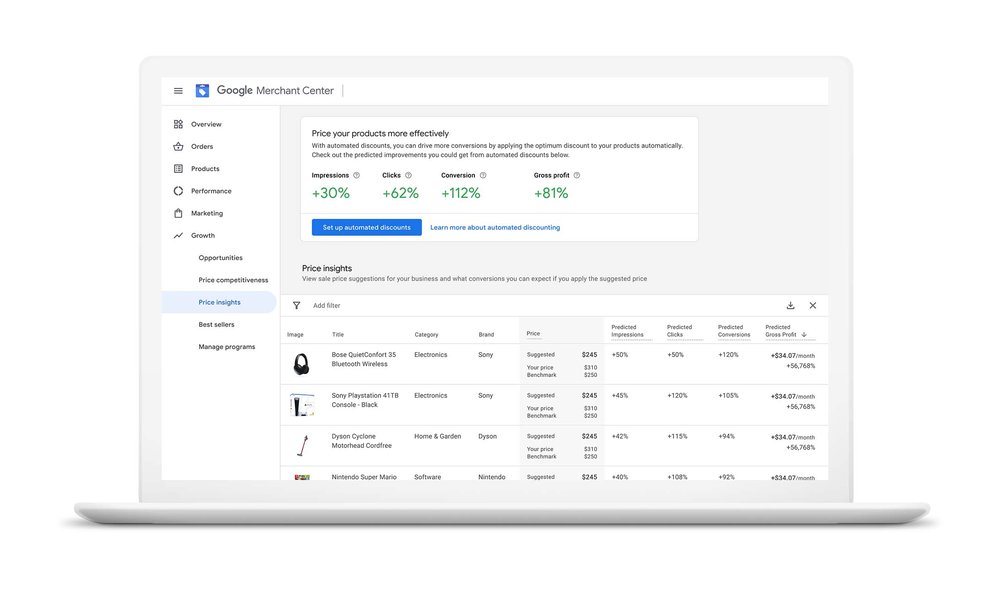Advertising has undergone a massive shift in recent years. Instead of the sleek, high-end style that many associates with ads, consumers (and a growing number of brands) are embracing a more lo-fi, “imperfect” approach to ads. According to new research from Meta, this is especially true when it comes to social media ads.
In a recent blog post, Meta suggests this is about more than a change in visual trends. It is a shift in cultural standards and expectations, or “culture codes.”
As the post explains, this is “being driven by something more fundamental, which is a shift we’re seeing away from perfection and polish, towards a culture that instead celebrates what’s unpolished and real.”
Though it is unclear just how long this shift has been happening, Meta first noticed it in a study of Instagram Stories ads conducted back in 2019.
The results of this study showed that ads that used a less-polished style performed far better in tests for both ad recall and content views compared to those with a more refined appearance.
This is particularly true for younger audiences who tend to spend a lot of time on social media. In a recent study from consumer behavior analysts YPulse, up to 84% of young consumers reported “I like it when content from brands is not perfect” and 79% said they are “tired of seeing perfect images in advertising.”
With this in mind, the researchers at Meta dug deeper to identify 6 specific codes that brands should follow if they want to continue connecting with online audiences:
Include Real People Telling Real Stories
Including real people – especially your actual employees or customers – helps to give your message authenticity. This is crucial for getting through to today’s savvy audiences.
Use “The Language of the Platform”
Obviously, we aren’t referring to the actual language you or other users speak, such as English, Spanish, Afrikaans, etc. In this case, speaking the language of the platform is all about proving you are “one of us” to other users by taking part in the latest trends, such as participating in “challenges”, putting a new spin on a popular dance, or using the hottest filters.
This helps establish your brand’s relatability to your audience.
Establish Relationships with Creators and Influencers
No matter what your feelings are about social media influencers, there is no denying the impact they can have on social media audiences.
According to Meta, even adults aren’t immune to the reach of influencers, with 63% of adults between 18-34 saying they trust a popular creator’s view of a brand.
This is considerably more than those who reported trusting brands themselves.
The power of influencers really comes down to the fact that they have established a relationship with their viewers and have an incomparable reach. This helps build your own credibility with a whole new audience you might have never reached before.
Go Behind The Scenes
When users say they don’t want to see “perfection” in ads, they don’t necessarily mean they want low-quality or poorly made ads. They just want to know your message is based in reality. This is why viewers tend to respond strongly to brands who are willing to take them behind the curtain.
Keep Your Video Lo-Fi
Today, it is easier than ever to get access to affordable editing and production tools that can make your ad look like a Hollywood movie. Don’t use them. Sticking with simpler, lo-fi editing and production techniques, such as the most popular editing apps for smartphones, keeps your ad feeling authentic and hand-crafted.
Use Humor to Connect With Audiences
Humor is consistently one of the most effective tools for getting audiences to lower their guard. It makes your brand more relatable and makes listeners want to hear what else you have to say. The obvious catch here is that brands must be careful because several brands have made tone-deaf jokes which missed the mark and hurt their reputation.
